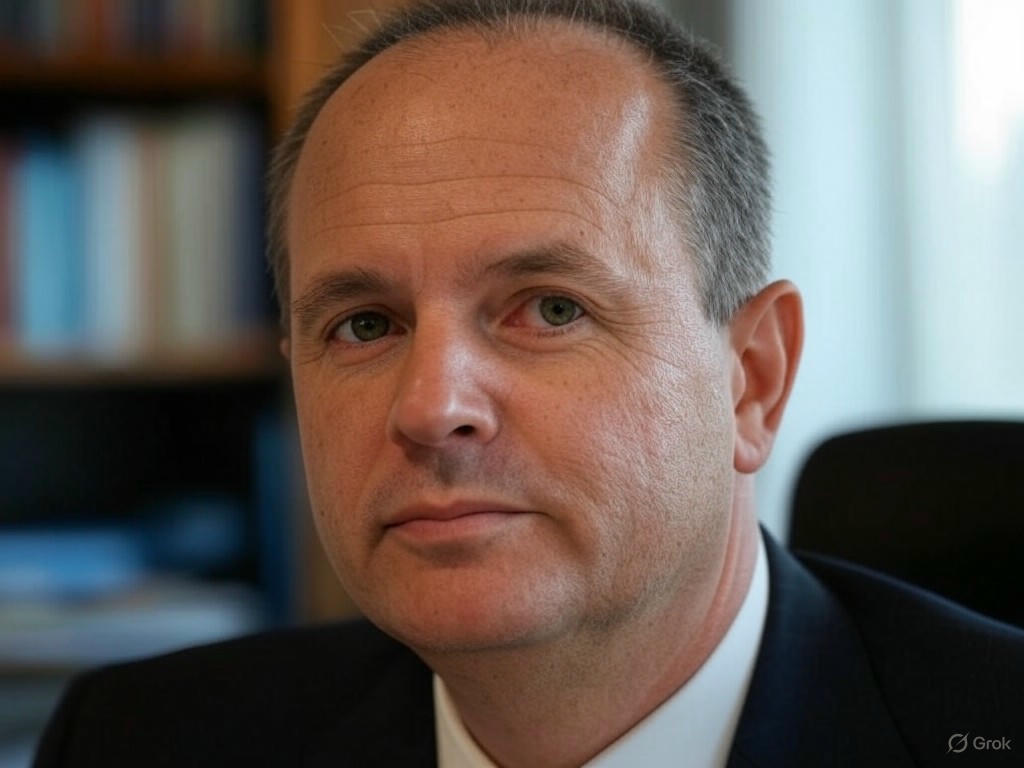FDA’s Fast-Track Voucher Program: A Double-Edged Sword for Drug Approvals
The U.S. Food and Drug Administration (FDA) has recently unveiled a groundbreaking pilot initiative under the leadership of its commissioner, aiming to revolutionize the drug approval process. This new voucher program promises to expedite the review of select medications, slashing the timeline to an astonishing one to two months. While the intent behind this accelerated pathway is to bring life-saving treatments to patients faster, it raises critical questions about the balance between speed and safety in the pharmaceutical landscape.
At the heart of this initiative is the goal of addressing urgent medical needs, particularly for rare diseases or conditions with limited treatment options. By offering a fast-track review, the FDA hopes to incentivize pharmaceutical companies to invest in developing therapies for underserved patient populations. The voucher system could serve as a beacon of hope for those awaiting innovative drugs, potentially transforming lives with rapid access to cutting-edge solutions. Supporters argue that in a world where time can mean the difference between life and death, this program is a necessary evolution of regulatory processes.
However, the ambitious timeline has sparked significant debate among industry experts, patient advocacy groups, and policymakers. Critics caution that compressing the review period to such an extent might compromise the rigorous standards that have long defined the FDA’s reputation as a global benchmark for drug safety. Thorough evaluation of clinical trial data, potential side effects, and long-term impacts typically requires months, if not years, to ensure that a medication is both effective and safe for public use. With the new program, there’s a looming fear that critical details could be overlooked in the rush to market. Some even liken the initiative to opening a Pandora’s box, where the promise of speed might unleash unforeseen risks to public health.
Moreover, the selection criteria for drugs eligible for this expedited review remain under scrutiny. Will the program favor large pharmaceutical giants with the resources to navigate the voucher system, potentially sidelining smaller innovators? Could this create an uneven playing field, where profit-driven motives overshadow genuine medical need? These are questions the FDA must address to maintain trust and equity in its decision-making process.
As the pilot program rolls out, the FDA faces the daunting task of proving that speed and safety can coexist. Striking the right balance will be crucial to ensuring that this initiative fulfills its promise without sacrificing the integrity of the approval process. Stakeholders across the healthcare spectrum will be watching closely, eager to see whether this bold move becomes a model for future reforms or a cautionary tale of overreach. For now, the voucher program stands as a daring experiment—one that could redefine how quickly hope reaches those in need, provided the risks are carefully managed. The coming months will reveal whether this leap forward is a triumph or a misstep in the complex world of drug regulation.


